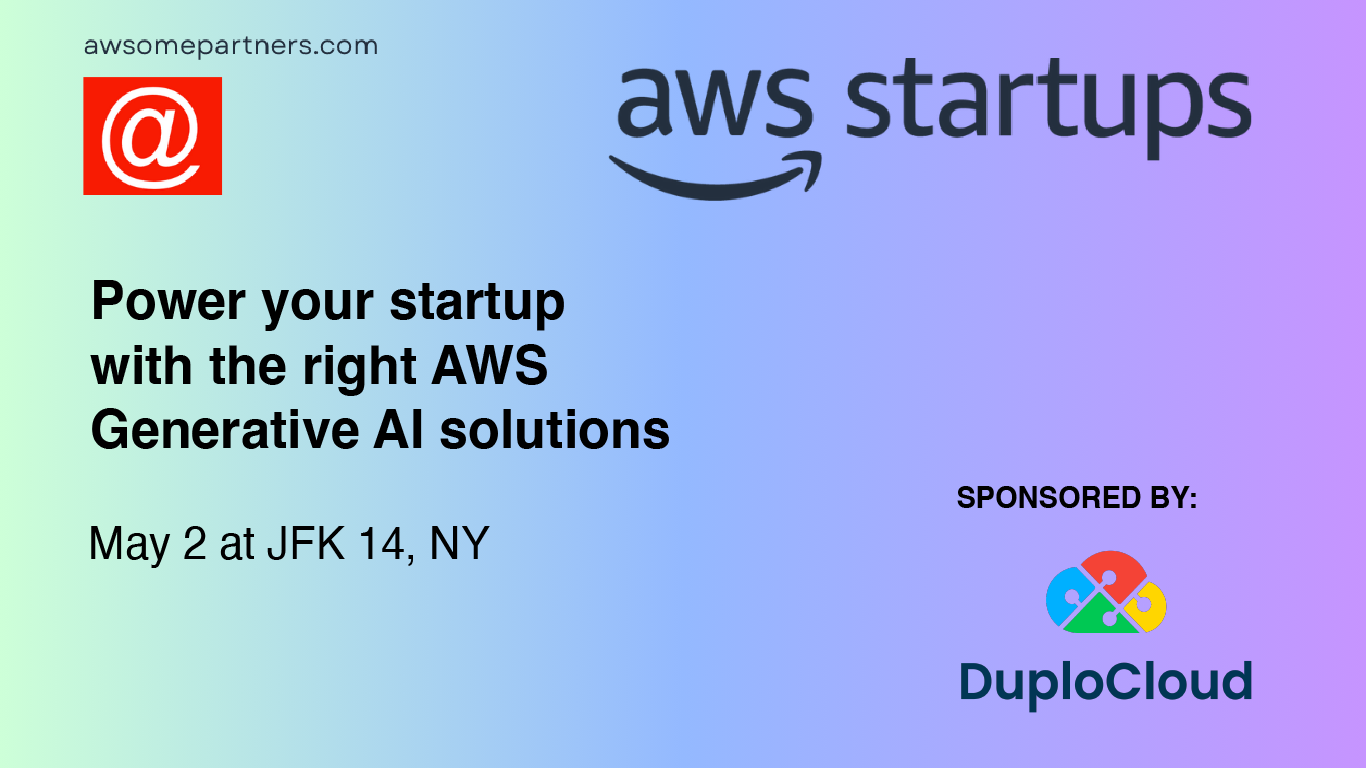Understand how to compare costs between platforms and optimize spend before you begin migration
The cloud is a valuable component of modern digital infrastructure. Global corporations can leverage its ubiquitous nature and unparalleled access to provide data to employees and customers worldwide. Meanwhile, startups can use the cloud to run a lean operation and scale up resources when needed without breaking the bank.
However, migrating to the cloud without understanding budgetary realities can cause organizations to waste time, labor, and money on the wrong solutions. Beginning with a cloud costs comparison will help you determine which platform to choose and which services are worth adding to your infrastructure. With this knowledge, you can make a properly informed decision and start your journey to the cloud off on the right foot.
Cost Benefits of Cloud Computing
In addition to providing enhanced security features and increased accessibility of crucial files, migrating to the cloud offers many ways to cut costs and maximize efficiencies. The following are just a few ways your business can save money by migrating to the cloud:
- Reduced infrastructure costs: With pre-built environments and infrastructure, businesses can save time, labor, and operating costs, as well as optimize deployment pipelines. 39% of companies report that they can achieve their cost savings goal through cloud adoption.
- Affordable maintenance: Instead of relying on a large team of IT professionals to update and maintain on-premises hardware and software, transitioning to the cloud can offload many of these responsibilities to automated processes.
- Enhanced scalability: Global demands for data are often unpredictable, and businesses that rely on on-premises infrastructure will often brush up against frustrating and unexpected hardware roadblocks. Transitioning to the cloud allows companies to add compute and storage resources when needed, only paying for services they use.
Discover more ways the cloud can save your organization money in The 7 Biggest Cost Benefits of Cloud Computing.
How to Calculate and Optimize Cloud Costs
There are three primary considerations when calculating how much you will need to spend on cloud computing services:
- Compute: Cost is determined by the compute service or instance type and is charged at a time-based rate (per second, per hour, etc.). Cloud computing platforms provide numerous compute instances that scale based on the power and speed requested.
- Storage: Cost is determined by the amount of storage requested for each service, usually by GB. Storage capacity is provided in bulk, whether or not you’re using the total amount of storage. Storage is also offered as a standalone service or in conjunction with other services, like SQL databases or compute instances.
- Data transfer: Cost is determined by the amount of GB transferred and is usually provided at a scaled discount (the more you transfer, the less per GB you are charged). Each cloud platform handles data transfer costs differently — some transfer services may be free of charge, while others are not.
All major cloud computing platforms provide a cost-estimating calculator to help businesses determine the monthly cost of the services and processes they need. The following links will enable you to pick and choose which services you require, along with an estimated cost of the combined total.
To get the most out of your monthly subscription, businesses have several options available to help them optimize their cloud computing services. Use the following strategies to reduce costs while maximizing cloud efficiencies:
- Rightsizing: Rightsizing allows businesses to adjust the number of instances, computing power, speed, memory, and network usage to minimize wasted resources. Many platforms allow organizations to scale these resources when desired, such as during peak business hours or irregular data spikes.
- Automated monitoring: Tools like DuploCloud track cloud usage to alert DevOps teams when storage or network capacity is at critical levels or if security gaps need to be addressed.
- Containerization: Containerization applications enable businesses to move data quicker and more efficiently while reducing data transfer fees.
Discover more ways to get the most out of your cloud computing budget in How to Calculate Cloud Computing Costs and 6 Ways to Reduce Cloud Costs and Optimize Your Cloud Computing Spend.
Cloud migration can set the foundation for your organization's future. Make sure you're prepared and compliant with our free checklist.

Cloud Costs Comparison
While the three major platforms — AWS, Microsoft Azure, and Google Cloud — offer similar functionality, they each take their own approach to the cloud. They also fit some needs better than others, so understanding each option will help you make the right decision before you sign that service contract. The following cloud costs comparison provides an at-a-glance breakdown of key differences.
| AWS | Azure | Google Cloud | |
| Strengths | Highly-flexible pricing perfect for startups, small businesses, and newcomers | Powerful hybrid cloud solutions and integration with Microsoft’s suite of products and services | Robust database and infrastructure-as-a-service platforms |
| Free options | AWS Free Tier provides a combination of free trials, always free services, and year-long free access for new accounts. Amazon also offers a Founders program with free tools and service credits for early-stage startups. | A free account offers limited access to some services for one year following sign-up, over 55 services which are always free, and $200 in service credits available for use within the first 30 days. | Google offers a free 90-day trial, which includes $300 in service credits and free usage of over 20 products. A free trial is also available, which provides limited access to various services. |
| Cost optimization | Reserved Instances and Savings Plans unlock savings on bulk package pricing. | Reservations and Savings Plans provide additional savings on 1- or 3-year contracts. Azure Hybrid Benefit also discounts businesses that take advantage of its hybrid cloud environment. | Sustained use discounts provide scaled savings the longer a service is in use. Committed use discounts offer savings when agreeing to 1- or 3-year service contracts. |
For in-depth breakdowns of cloud service costs, read How Much Do Cloud Services Cost? and How Much Does Cloud Hosting and Storage Cost?
Implementation Costs: Licenses vs. Services
When accounting for implementation costs, it’s crucial to understand how cloud platforms render their services to you. Typically, this is done in one of two ways:
- License: Sometimes, a cloud provider will grant a license to use its products and host those products on its servers. Licenses usually grant the ability to update code to add functionality. When accounting for licensed software, businesses can capitalize the cost of the license and expense it over the product's lifespan. Licenses are generally rare in cloud computing agreements.
- Service contracts: Service contracts are far more common in cloud computing agreements. These agreements give you limited access to the inner workings of the platform and do not allow for customization of the source code. With service contracts, businesses must recognize these expenses as they are incurred.
Dive deeper into implementation costs and how pricing affects startups by reading How to Account for Cloud Computing Implementation Costs and How Much Does Cloud Computing for Startups Typically Cost?
Let DuploCloud Jump-Start Your Journey to the Cloud
While migrating to the cloud can help your business save money, manually setting up the necessary configurations and integrating them into your deployment pipeline can significantly eat into those savings. That’s why we created the DuploCloud DevOps Automation Platform: a no-code/low-code suite that simplifies infrastructure provisioning, maintains security and compliance standards with a host of national and global requirements, and provides direct insight into your cloud network. It’s designed to speed up infrastructure provisioning times by a factor of ten while reducing costs by up to 75%. Ready to learn more? Contact us today for a free demonstration.









